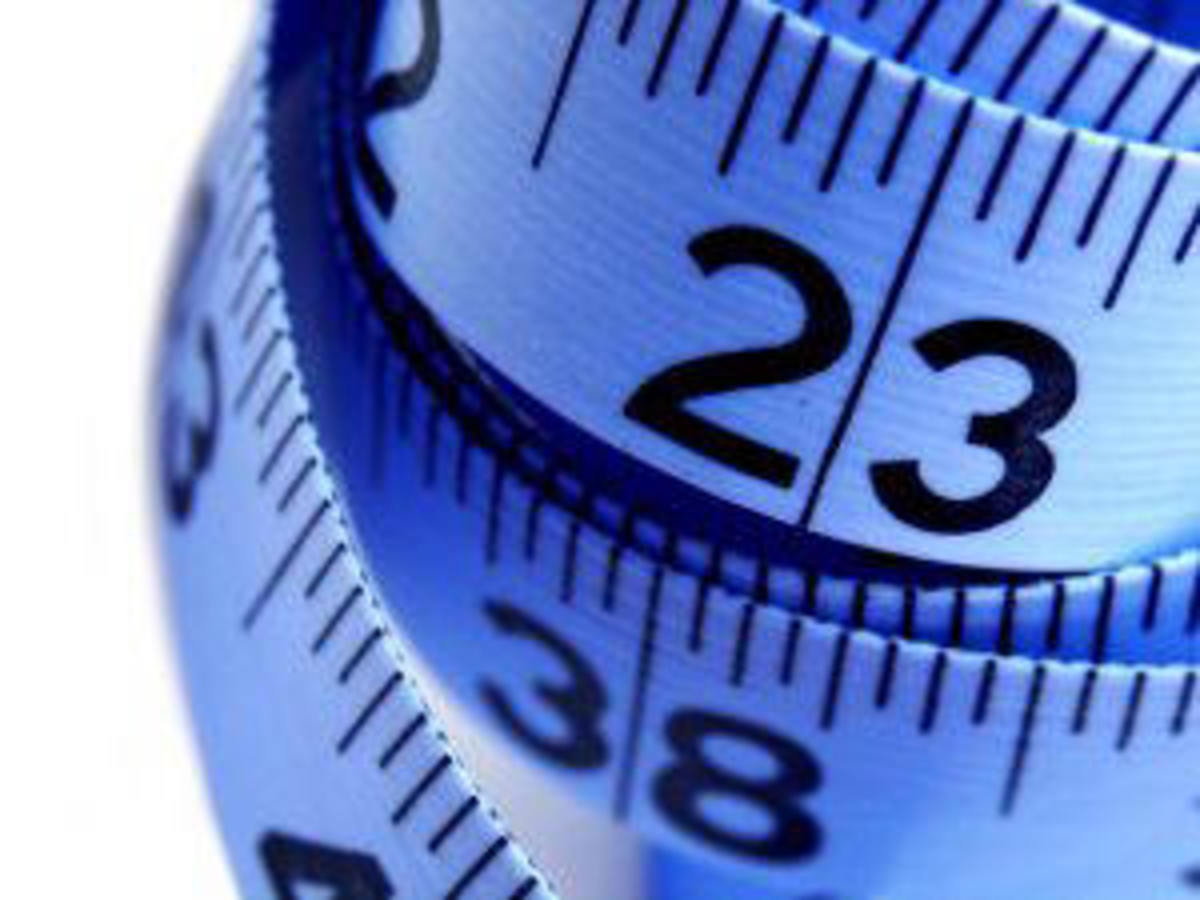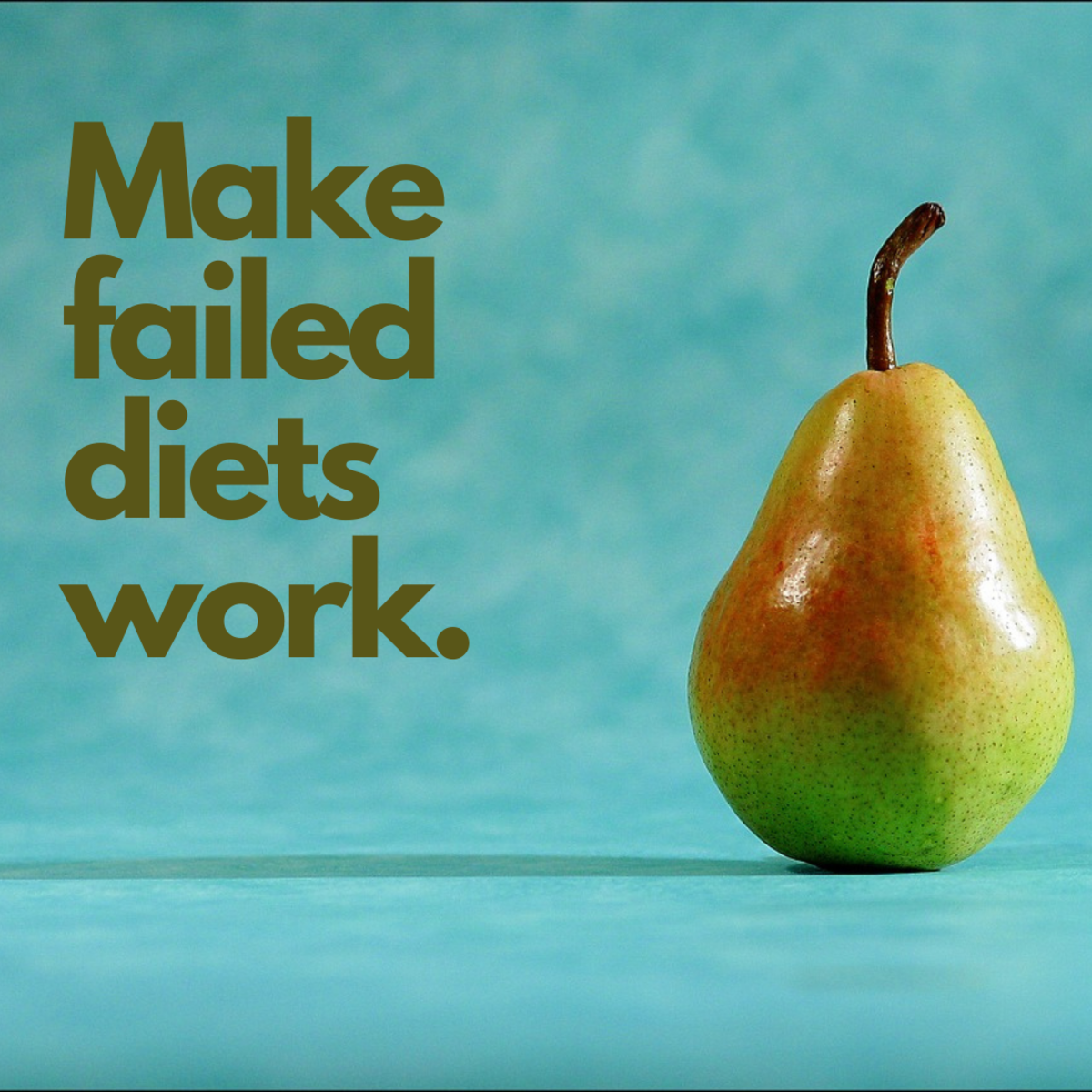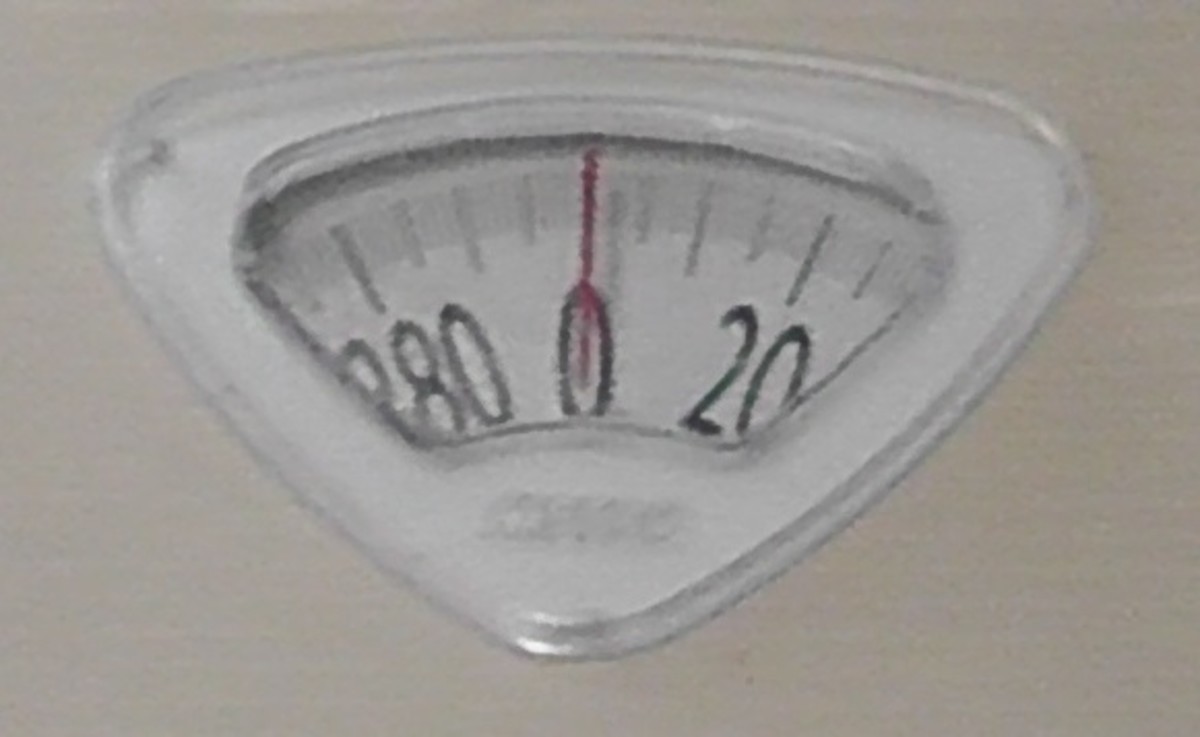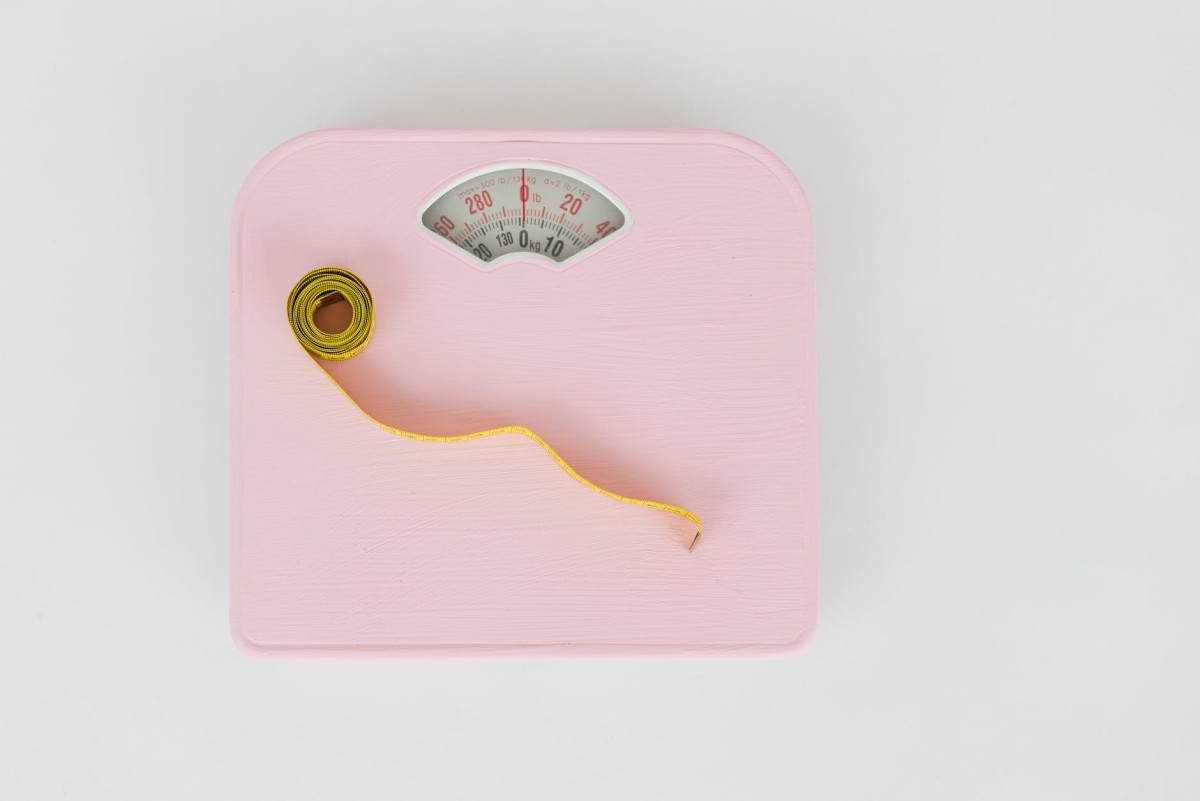Reverse Dieting - The Secret To Lasting Weight Loss

If you haven’t heard about reverse dieting yet, you’re in for a huge revelation. Did you know that upwards of 95% of successful dieters will gain all, if not more of their weight back within a few months or years? Did you know the majority of those that maintain their weight are stuck in a cycle of eating low calorie or high exercise just to keep the weight off? Because of this more fitness and weight loss professionals suggest to lose weight slowly through smaller calorie deficits in hopes to prevent the rebound after weight loss. That method can work for some, preventing you from binge eating after a diet, and also keeping your metabolism relatively high. But losing weight through small calorie deficits can only work so long for most people before weight loss stops and frustration begins.
The process of losing weight and the affect that is has on the body can be unclear for some. When a person tries to lose weight they hope and expect it to be a smooth journey. They want to reduce calories or burn more calories, lose weight through a calculated calorie deficit, and after weight loss go back to eating at maintenance calories while still maintaining their weight loss. The problem is that as you lose weight, the calories you expend each day becomes less and less. Your metabolism also adapts to your lower calorie intake, and in order to keep losing weight you have to lower your calorie intake further or increase your calorie expenditure. So if you were able to lose weight on 1800 calories a day, soon you will need to reduce it to 1600, 1400, 1200, and so forth in order to continue to lose weight. All the while, your metabolism is adapting to your current intake in an attempt to reach equilibrium.
Unfortunately the body doesn’t want to lose weight. This is especially true when you come into a healthy weight range, and losing anymore fat doesn’t benefit the body significantly. The body also likes to be in a state of equilibrium. Change in anything is hard, and this is also true for the body. It resists change not only because it is added stress on the body, but also because your body is trying to survive. If there is a deficit in energy it’s going try to adjust the energy that it needs to fit the energy that it is receiving. But the good news is that it works both ways. If your body is receiving a surplus of energy, it’s going to adjust by burning through more calories during the day. The number of calories that it burns through is the number of calories that your body is accustomed to getting, what it expects. That being said, if you drastically cut your calories you will lose weight rapidly because your body’s expected energy intake hasn’t adjusted yet, and your metabolism is still high because it expects you intake to be high as it recently has been. The reverse is also true, if you drastically raise your energy intake when your metabolism has adjusted to a lower energy intake, you will gain weight rapidly. This is normally what happens after a diet. You plan to eat at maintenance, so you adjust your calories higher where you believe maintenance should be and the weight piles back on. Some people would then go back on their diet believing that they have to eat at a lower calorie amount in order to keep the weight off. The problem wasn’t that their metabolism was slow or “damaged” and now there were forced into a life of deprivation in order to keep their hard worked for new body. The problem was that they shocked the system giving it too much energy than it expected and needed, so the body had no choice but to save it for later. The good news is that you can adjust your metabolism back to the rate that you want, but it has to be done slowly. The rate at which your metabolism adjusts is key here, and that where reverse dieting comes in.
What is your biggest challenge in keeping the weight off after weight loss?
What is reverse dieting? Reverse dieting is a dieting method everyone who has reached their goals in weight loss should follow immediately after a diet to prevent weight gain, rebuild their metabolism, and enjoy eating at a higher calorie level again while maintaining your current weight. The process is simple. For example, if you end a diet eating 1200 calories a day increase it gradually each week until you reach your desired calorie allowance. Because everybody’s metabolism adapts at different paces, you really need to monitor by weighing yourself weekly during this process to make sure you are maintaining weight. I recommend starting out as little as a 50 calorie increase each week, to a 150 calorie increase if you are still losing weight and your metabolism is adapting quickly. Try not to increase your calories more that 10% each week. Above that you might experience weight gain. A good way to plan it is that you want to reverse diet for at least the same amount of time you have dieted. So if you have dieted for 12 weeks, then you reverse diet should be that much time, if not longer. Also note that everyone has a threshold in that amount of calories one can consume and not gain weight. If you’re reverse dieting properly and you reach 2400 calories a day and are still maintaining, but when you reach 2500 you start to gain, then a 2400 calorie consumption might be your threshold. It’s different for everyone and depends on a lot of factor such as if you are a man or a women, your body composition, and how much energy you normally expend each day. Some people with an extremely low energy adapted metabolism might need to reverse diet at an even slower pace. They might need to add 25 calories each week or every two weeks. As long as you know the concept you can adapt it to what fits best for your situation. Just don’t try to rush the process, and this might be the last diet you ever go on.

Below is a quick reverse dieting guide to get you started, but you should always tailor your reserve diet to what works for your body. It’s better to start out by slowly adding calories and if your still losing weight then you can make further adjustments. If you have any questions or comment please respond below.
Quick Guide For Reverse Dieting
Weeks of Dieting
| Recommended Length Of Reverse Diet
|
|---|---|
4
| 4-8 Weeks
|
6
| 6-12 Weeks
|
8
| 8-16 Weeks
|
10
| 10-20 Weeks
|
12
| 12-24 Weeks
|
16
| 16-32 Weeks
|
20
| 20-40 Weeks
|
24
| 24-48 Weeks
|
To properly reverse diet while gaining minimal fat it is best to reverse diet for at least 1 to 2 times the length of your weight loss diet.
Current Calorie Intake After Diet
| Number of Calories to Increase Each Week
| If You Gain Weight Subtract:
| If You Lose Weight Add:
|
|---|---|---|---|
900
| 25-100
| 15-50
| 25-50
|
1000
| 25-100
| 15-50
| 25-50
|
1100
| 50-100
| 25-50
| 25-50
|
1200
| 50-100
| 25-50
| 25-50
|
1300
| 50-100
| 25-50
| 25-50
|
1400
| 75-125
| 50-75
| 50-75
|
1500
| 75-125
| 50-75
| 50-75
|
1600
| 75-125
| 50-75
| 50-75
|
1700
| 100-150
| 50-100
| 50-100
|
1800
| 100-150
| 50-100
| 50-100
|
1900
| 100-150
| 50-100
| 50-100
|
2000
| 100-150
| 50-100
| 50-100
|
Slowly add (or subtract) calories each week after a low calorie diet to rebuild your metabolism.
Do you think reverse dieting can help you?
Disclaimer: Before undertaking any diet or exercise plan, please consult your physician or healthcare professional. UltimateLife is not a doctor or trained health professional. Thanks for your interest and support!








